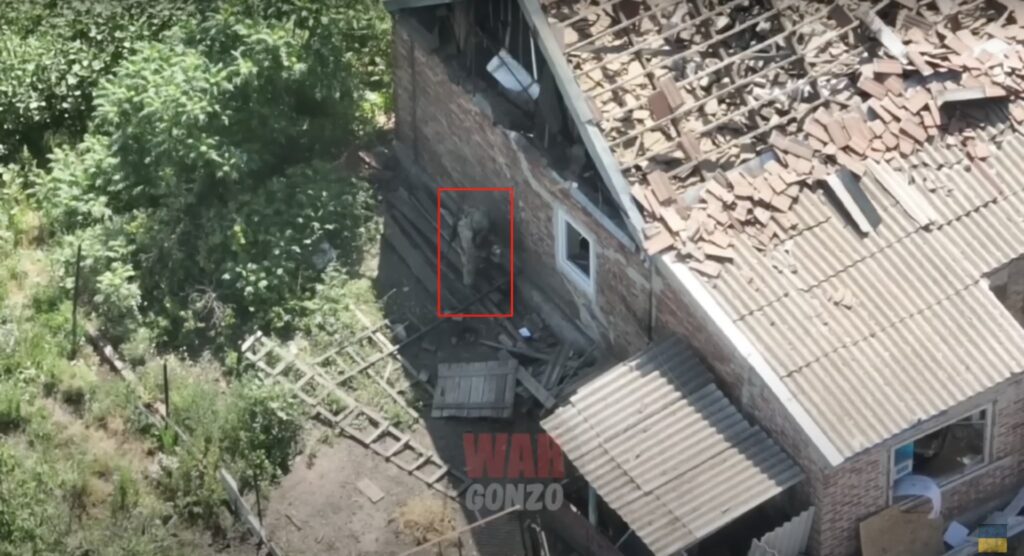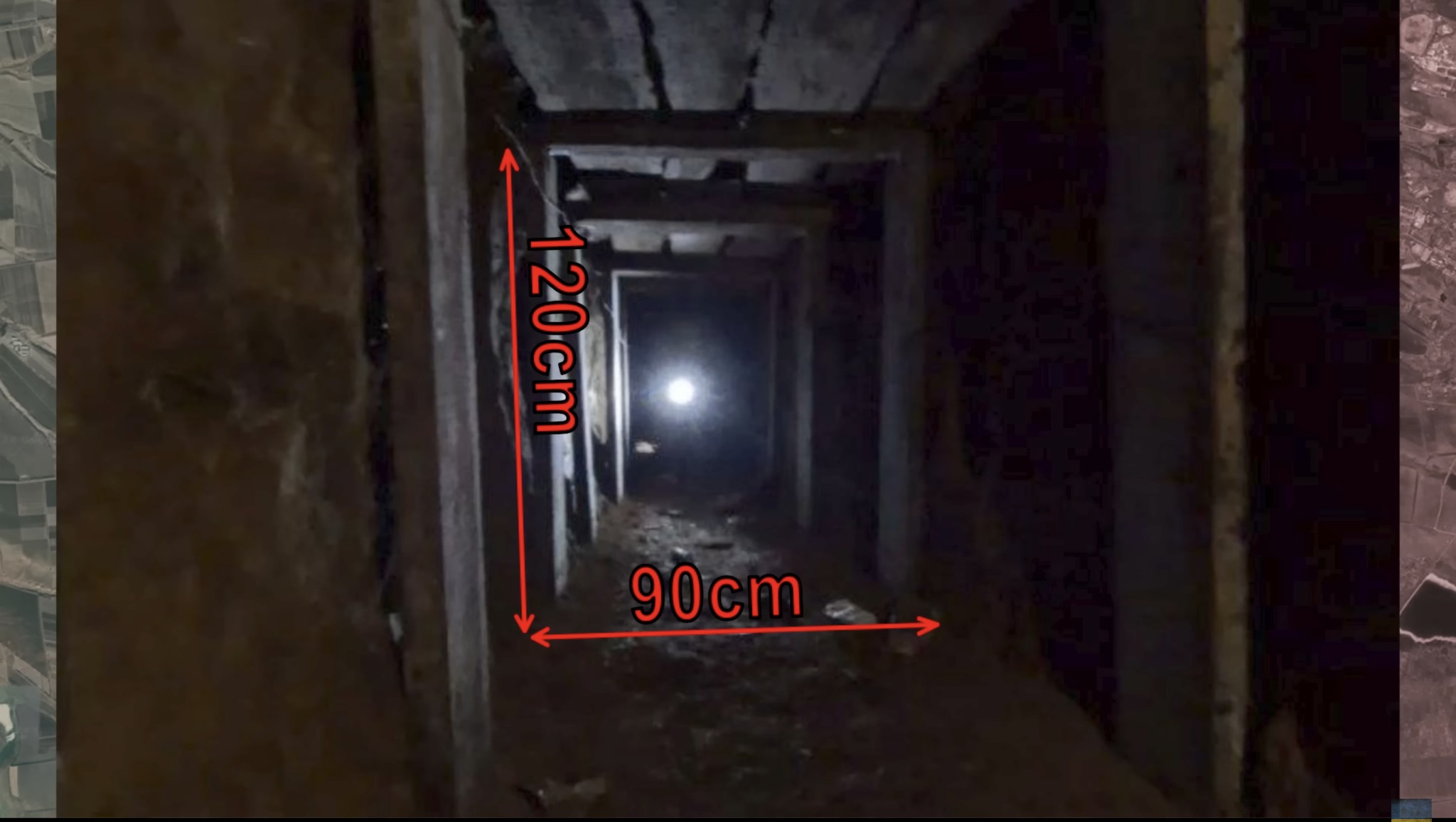Today, there are some critical developments in the Toretsk direction, Donetsk Oblast.
Here, Russians have embarked on an extensive bombing campaign, launching attacks and opening up a new front near the village of New York, Donetsk Oblast.
Russian successful “surprise” attack
A botched Ukrainian brigade rotation led to Russians seizing the initiative and launching a surprise attack on Pivnichne. Russians experienced initial success in their attacks due to the element of surprise and Ukrainians not being properly established in their positions.
However, their attacks quickly lost momentum as the surprise wore off, and Ukrainians pulled back to their formidable defensive structures in the settlement.
The dangerous situation in Pivnichne drew much Ukrainian attention, and Russian forces realized their offensive near Pivnichne was stalling and would not result in a significant breakthrough.
Attacks on New York village
Russian forces changed their focus and started relentlessly bombing the Ukrainian stronghold of New York to the south to undermine Ukrainian defenses here with FAB glide bombs.

Geolocated footage reveals that Russians even utilized FAB 3000 bombs with over 1.4 tonnes of explosives on the industrial district in New York, which is the center of the Ukrainian defenses in the town.
The Russian bombing campaign was intense and lasted a full week, significantly weakening Ukrainian defenses in New York. Russians launched a series of attacks on the town from the east and from the south. While Russian attacks from the east were easily repulsed, Russians were able to defeat preliminary Ukrainian defenses in the south by moving through the tree lines, establishing a foothold in the outskirts.
As Russians continued to push into the southern outskirts of New York, Ukrainian fortifications got progressively tougher, slowing the Russian advance to a crawl.
Geolocated footage released by Russians shows how they extensively used drones, conventional and thermobaric artillery, and glide bombs to destroy any Ukrainian position they could not take in an outright assault.
Footage from a Ukrainian observation drone even showed how a Russian sapper used an anti-tank mine as a satchel charge to demolish a Ukrainian position. The Russian soldier initially attempted to run away after he threw the mine into the building, but expectedly did not come very far before the mine landed and was killed by his own explosion.

Through sheer destruction, Russians were able to advance further into the outskirts and take control over the smaller settlement of Yurivka. Ukrainians did not give up ground without a fight, however, as geolocated footage shows Ukrainians were intensely targeting Russian soldiers with FPV drones and drone-dropped grenades. Ukrainians also inflicted heavy casualties on Russian forces through their fortified positions alone, killing many Russian soldiers with small arms fire.
Ukrainians use Bradleys
Geolocated footage also shows how Ukrainians utilized Bradley infantry fighting vehicles to fire into Russian positions in the buildings. The footage continues as a Ukrainian assault brigade dismounts from the Bradley and clears the surrounding houses.
Such counterattacks severely blunted the Russian attacks, as Bradleys are incredibly effective in these situations. Bradleys used their automatic canon to destroy Russian positions and suppress Russian soldiers so the infantry could carry out their assaults.

If we look at the topographic map, we can see that the Russian spearhead is also exclusively contained to the lowlands. As such, Ukrainians can effectively fire into Russian assault groups, only worsening Russian losses. A Russian military analyst stated that Russians experienced significant difficulties in widening their spearhead because Ukrainians established strong fortified positions on the hills and had extensively mined the area as well.
The Russian analyst also noted that further Russian advancement would also be extremely difficult; Ukrainian positions in the high-rise district were situated on the high ground with powerful firing points. Additionally, Ukrainians had complete control over the approaches through landmines and drones.
Trending Now
Russians advance through tunnel
Then, the Russians launched a plan they had long in the making. Russian propagandists reveal they had dug a tunnel under Ukrainian defenses from Russian-controlled Novoselivka to the Ukrainian high-rise fortifications in New York.
Russians used this tunnel to move the volunteer “Veterany” assault brigade directly into the Ukrainian positions, causing chaos and fighting to break out into the Ukrainian stronghold. After securing the landing, Russians were able to move more manpower through to expand the fighting all over eastern New York.
While this was a significant blow to the Ukrainian defenders, the Russian situation was not as great as it may seem. The tunnel they had dug was only tall and wide enough for one soldier and their equipment to pass through at a time, meaning Russians only had a minimal supply of reinforcements and ammunition for their landing.
Additionally, the narrowness of the tunnel made casualty evacuations impossible in practice, causing the attack to be a one-way trip for many Russian soldiers. Due to a lack of a stable supply line, the experienced Russian “Veterany” unit also suffered heavy casualties, only increasing the total Russian losses in New York.
Ukrainian military command also understood the critical nature of the developments and moved the 95th air assault brigade to help stabilize the situation. On the other hand, Russian commanders still have not relocated any reserves to the region to replace their losses.
Russian heavy losses near New York
The exact Russian losses are not apparent. However, military analysts confirmed that the Russian 132nd brigade had suffered high casualties, with two regiments being nearly completely destroyed and the experienced “Veterany” brigade suffering heavy losses as well. These claims already indicate an estimated 2,000 to 4,000 Russian losses after only two weeks of heavy fighting.

Overall, Ukrainians are still suffering from the aftermath of the failed Brigade rotation. Russians eagerly took advantage of this opportunity, as this region has been a thorn in the Russian side for nearly two and a half years.
Despite making significant gains and circumventing the strong Ukrainian fortifications in the high-rise district, Russian losses have skyrocketed mainly due to their advancement being restricted to the lowlands, under fire control of Ukrainian positions on the hills, as well as the fierce Ukrainian resistance in the southern outskirts.
Despite the initial success of the Russian tunnel tactic, this will not be enough to sustain their offensive operations. Especially without new Russian reserves being moved to the area and Ukrainians moving an experienced and well-trained brigade to help stabilize the front.
In our daily frontline report, we pair up with the military blogger Reporting from Ukraine to keep you informed about what is happening on the battlefield in the Russo-Ukrainian war.

